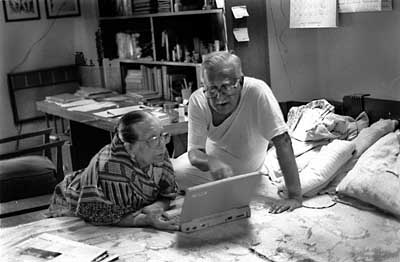Subscribe to ShahidulNews
![]()
The first Friday of every month, we would clear out the furniture of Bijon Da?s ?Boithok Khana? (drawing room), move some of the chairs out to the verandah, and set up a table for the speakers. People would invariably arrive in dribs and drabs, but pretty soon, the rickety chairs would get filled up and the crowd would spill over into the verandah. This was where Manzoor Alam Beg held court.
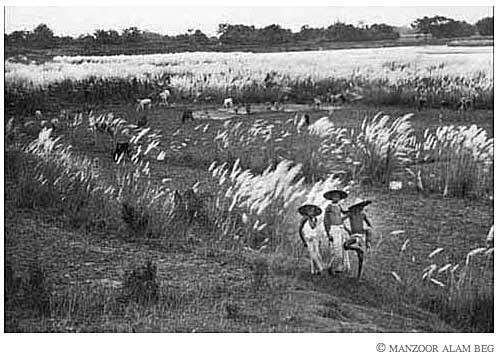
Young photographers with their first black and white prints, would mingle with the likes of Rashid Talukder and Anwar Hossain. The ever young Dr. Ansaruddin Ahmed would hand out his pristine prints. The crowd would wait in expectant silence for the results of the monthly photo contest. The monthly photographic newsletter, then without pictures, would be distributed. Invariably, there would be a speech or two. It was a camera club, trade union and a hangout joint, all rolled into one. Despite the mix, the salon smell hung in the air. Much was made of acceptances in salons. A gold medal, a bronze, or even an honourable mention, was celebrated. Winners were generously applauded. Outside of the salon circuit we knew little of what was going on elsewhere, but if it was a well we were living in, it was a nice well. That monthly meeting meant a lot to all of us.
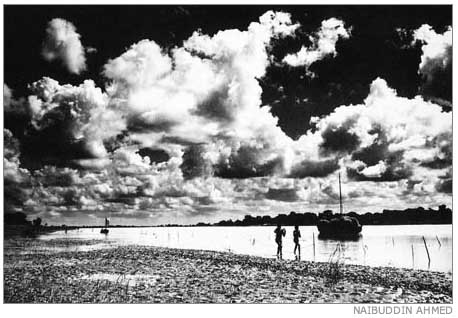
There were few who remained from the old school. The recent split from Pakistan meant that the established studios like Zaidi?s had gone. But the war of liberation changed the Bangladeshi psyche. 1947, while of immense significance to South Asia, meant little to Bangladeshis. History books barely touched upon it. There were few references to it in literature. 1971 on the other hand was a lived experience. Unsurprisingly therefore, apart from the early photographs of Golam Kasem Daddy, dating back to 1918, there are few early photographs from Bangladesh.? There followed a romantic period where photographers like Amanul Haque and Naibuddin Ahmed produced stylized landscapes and carefully set up idyllic images of people. Nawazesh Ahmed and later Anwar Hossain, began to adopt a more contemporary feel to their images. Bijon Sarker and Manzoor Alam Beg, combined elements of classical pictorialism with the curiosity of an experimentalist. Sayeda Khanam was the lone woman of that era. Doggedly pursuing an almost entirely male profession.
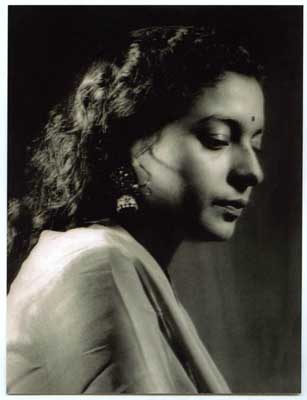
1971 was a turning point. Rashid Talukder?s nose for a picture and his journalistic instinct, ensured that he was at the right place at the right time throughout Bangladesh?s turbulent history. Having had no formal education in photography, Talukder was freed of the compositional binds that many contemporary image makers were trapped within. The 2 ? square had its own aesthetic, but Talukder and other photojournalists used the balanced frame to capture some of the most disturbing images of the 20th century.
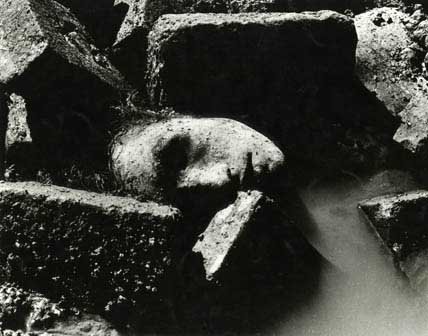
Talukder?s dismembered head of a slain intellectual, framed by bricks and their sharp shadows, being perhaps one of the most powerful images of the 20th century. Talukder, Mohammad Shafi, Jalaluddin Haider, Aftab Ahmed were amongst the press photographers who documented some of the everyday events of 1971. But Talukder?s picture of the bayoneting of Biharis, had been hidden from public sight until Drik published it in 1993. Kader Siddiqui, the man responsible for the killings, was too powerful a man to antagonize, and until then, no publication had been prepared to take the risk. A similar frame by Michel Laurent, had meanwhile won a Pulitzer. Talukder?s dismembered head too, had been passed by the the authors of the Century Book. Others, had recorded 1971 in their own way. Taking great risks as amateurs, preserving a history of our birth pangs, knowing it could signal death.
Photographers then started specializing. S S Barua, and Nawab became the bird specialists, to be later followed by Enamul Huque and Shehab Uddin. Consumerism had approached, and photographers in the new nation were turning to fashion. Shamsul Islam Al Maji brought a modern touch to glamour, but Amanul Haque in his classical style also painted a rural Bangladesh, complete with the beautiful farmer?s wife, her red sari provided by the photographer, her gourd plant, planted by him a year ago, so it would be the right height at the right time of the year.
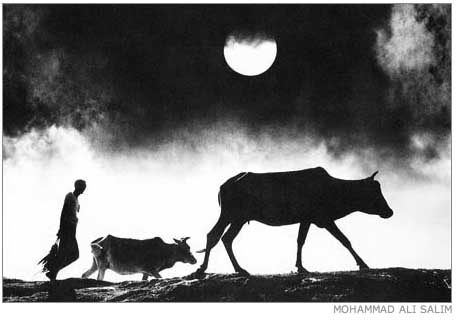
Then came the salon era. Mohammad Ali Selim, Kazi Mizanur Rahman, Kashi Nath Nandy, Abdul Malek Babul, Debabrata Chowdhury were all fine photographers, but their arena was the camera club contest. The rule of thirds, the well placed diagonal, the balanced image, was what everyone was making. They entered contests, won prizes, vied for medals and certificates. This was a world in itself. The Bangladesh Photographic Society became the launchpad for the contest winning photographers. The stickers at the back of the prints were often more important than the images themselves. The society newsletter proudly boasted of salon acceptances. Strategies for winning contests were hotly debated at the monthly meetings. Stardom was based on number of medals and not on quality of content. Pretty pictures ruled.
Woman voting at a ballot both. Election 1991 ? Shahidul Alam/Drik/Majority World
While photojournalists had recorded street life and political strife, and a few photographers had addressed poverty, there was no culture of documentary practice. No personal projects. Photography was still seen as an illustration, meant to fit in with a predetermined caption. The movement against General Ershad changed all that. Resistance had been building, and the iconic image of Noor Hossain, with ?Let Democracy be Freed? painted on his back, was a turning point. In 1971, the photographs were taken surreptitiously, under fear of death. In the new movement, the photographers were in the fore. They were the witnesses of the people and empowered by people?s will. Ershad clamped down on the media, enforcing censorship. The media responded en-masse, stopping publication in protest, but the photographers continued to work, and when the general fell, and an impromptu exhibition was organized of pictures of the movement, the queue outside Zainul Gallery was nearly a mile long. There were near riots as people stormed the gallery to get a glimpse of their hard earned victory.
Hasan Saifuddin Chandan controllling the crowd at the entrance to Zainul Gallery. 13th December 1991. ? Shahidul Alam/Drik/Majority World
The struggle for democracy had an obvious impact on the photographic movement. 1989 was a significant year. 150 years after the birth of photography, the region?s first photo library, Drik, was set up. The Bangladesh Photographic Instititute was set up. After sustained lobbying by photographers a bill was passed in parliament for a department of photography to be set up in Shilpakala Academy, the academy of fine and performing arts. That too was in 1989 though it was never implemented. The workshops at the Bangladesh Photographic Institute and at Drik showed there was another way of working and that photography had more to offer than simply producing pretty images or winning awards. Photography was also trying to move away from the shadows of painters who still ruled supreme. The success of a photograph had always depended on how well it resembled a painting. The medium began to find its own identity, and while photography was still not considered art, photographers were now not so concerned about the label. So photographers found their own solutions. They did what other artists and media professionals had failed to do. They aggregated, and made up for lack of external support by supporting each other. A revolution was in the making.
But there were other pressures too. Most photographers still found it difficult to make a living and the lure of ?bidesh? (foreign lands) was too much for many to withstand. Several of the young photographers who were making the transition away from Salon photography, decided to try their luck overseas. Years later, not one of them has been successful in establishing a career in photography. Nasir Ali Mamoon was an exception in some ways. Portraiture had always been his forte. While others drove taxis, worked in petrol stations, or temped in low paid jobs, Nasir took this opportunity to produce portraits of people he admired. Ginsberg, Gunter Grass and many others filled his album. While unsuccessful commercially, he was able to expand his photographic repertoire and eventually, when he decided to leave the others behind and return to his native land, he was able to establish himself as THE portrait photographer of the era. Fine portraits adorned the newspaper he worked for, and while the post was largely ornamental, he was made the first picture editor of a newspaper.
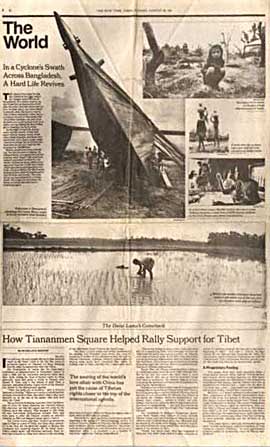
There followed a resurgence in the media. With the return of democracy, new newspapers filled the newsstands. There was also another movement taking place. The nation?s first picture library had been set up. While international media had no interest in the democratic struggle in Bangladesh, the cyclone in 1991 that followed was familiar fodder to world media and their appetite was insatiable. There was a difference though. This time the work of local photographers also filled the pages of the New York Times and the Newsweeks of the world. Mostly they were similar images different only in having been taken by locals, but soon the content and the focus also changed. The New York Times published a full page on their Sunday Week in Review on the 1991 cyclone which did not show a single corpse. There were pictures of fishermen rebuilding their boats, farmers replanting seeds, villagers rebuilding their homes. The world began to engage with a new story teller. One with local roots. The first fund raising photo exhibition took place in 1991 and raised over 4000 dollars for cyclone victims.
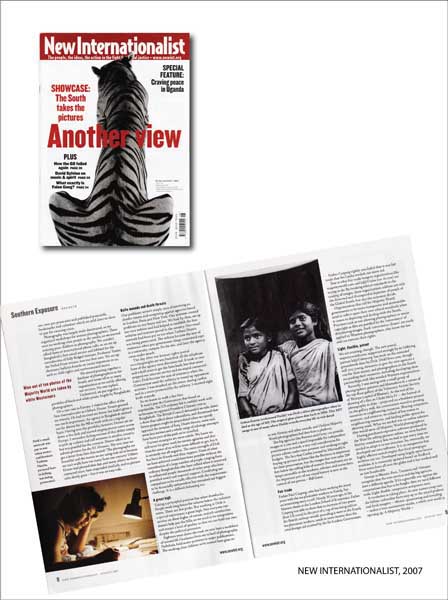
The newly formed agency Drik, began to bring in photographers from all over the globe to conduct workshops. Its regular calendar became a showpiece for Bangladeshi photography. Well printed postcards and posters, complete with credit lines for photography. Photographers learnt to protest when their pictures got stolen. A movement was taking shape. It crystallised with the formation of? Pathshala. The South Asian Institute of Photography. The setting up of the school represented a clear move away from Salon photography. Documentary photographic practice complete with the engagement it involved became an emerging trend. Soon a few women joined the ranks, and the photo stories ranged from the usual ?subjects? of international photographers like prostitution and floods to the more personal representation of family life, and the search for identity. The students were hungry, and the explosive mix of inspiring teachers and driven students soon created the photographic explosion that was inevitable. Bangladesh emerged in the world of documentary photography as no other nation had. Before 1998, no Bangladeshi photographer had ever won an award at World Press Photo. Shafiqul Alam Kiron?s winning entry on women victims of acid attacks was soon followed by Chobi Mela, the first festival of photography in the region. The heady mix of great photographers walking down the streets of Dhaka. Showcasing work on the same gallery walls with the best of the best, would have to be inspirational. Meanwhile the school continued shaping their craft, pushing them to their limits. Some made it to Masterclass, others were star students of the seminar programmes. Time Magazine, Newsweek, The Guardian, Le Monde, and other leading publications across the globe suddenly woke up to this great wealth of photography in Bangaldesh.
Then things got stuck. Success is a hard act to live with, and the rapid recognition of the star photographers created a flock of clones who followed. Some found their own identity, but many were just following. Again it was Chobi Mela to the rescue. The identity of the festival itself was changing. Drik?s success had given it the overall stamp of documentary practice, but slowly other photographic genre was creeping in. Fine art, conceptual work, the odd installation, began to work its way into the gallery spaces. The level of intellectual engagement drew many others besides photographers. Practitioners from Africa, Latin America and Australia joined the Europeans and North Americans, and of course Asians who regularly joined the festival. Speakers like Noam Chomsky had conversations with regional legends like Mahashweta Devi. This was all the spark that was needed. A resurgent Pathshala, started producing more provocative work, and broached new territory. It was a movement in the making and the rules were being made as one went along.
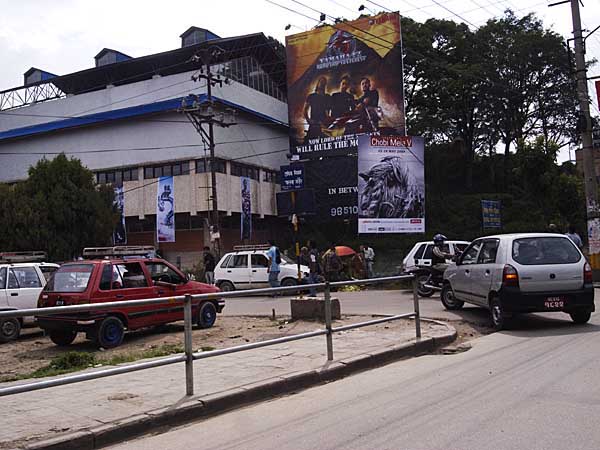 Chobi Mela V tours to Kathmandu
Chobi Mela V tours to Kathmandu
The Bangladesh segment of the exhibition “When Three Dreams Cross” tries to map this journey, through the images that formed the milestones of this movement. There are significant departures from the mapping we had attempted to follow. The irrelevance of 1947, and the huge presence of 1971, has played a role that is to be expected. Other less expected characteristics have been the absence of the physical representation of habitats, artefacts, and mementos that are often a part of vernacular photography. Until recently, even family photographs, weddings and the many other everyday things that always been the visual basis for understanding cultures has largely not been preserved. Waqar Khan, has made an important contribution by collecting old photographs, mostly from aristocratic homes, which documents some aspects of this history. But the warm humid climes of this delta, has led to the erosion of much of our physical heritage. The shifting of the rivers has led to an uprootment of many who no can no longer relate to a homestead they can call their own. This transience and the nomadic existence that follows has perhaps led to the loss of a need to preserve. Very few archives exist. Not only in visual terms, but in music and film and many other art forms. This absence, in a way, documents a mode of thought and a way of life, that perhaps tells more about Bangladesh than the missing photographs might have done.
Not every artist is featured, but every influence is present through what they, or others who were inspired by them, produced. The early work of Golam Kasem and the establishment of the Camera Recreation Club had a distinct influence. Manzoor Alam Beg?s steadfast role as a mentor and an organizer, held the community together for many years. The Ahmed brothers brought out the first book on photography, and Nawazesh Ahmed, an agronomist with a PhD, brought respectability to the medium and at least for him, an acceptance within academia. Anwar Hossain was the enfante terrible who brought immediate attention through his arresting images, his controversial statements, and his maverick lifestyle. Sadly he too lost the edge that was his hallmark and has largely retired into oblivion. Hasan Saifuddin Chandan and the string of fine photographers who produced evocative images in the early nineties, also lost their way, though the Map Agency, set up by Chandan and a few other talented photographers continues and has made a valuable contribution. Sayeda Farhana, Sanjida Shaheed and a few other photographers, mostly women, began to explore the edges of contemporary photography, using their training as social scientists, fine artists, and in other areas of learning to inject into photography, a tertiary value which the more straight laced, mainstream photographers had failed to achieve. But the moment still belongs to the young crop of photojournalists who have recently emerged from Pathshala. Abir Abdullah, GMB Akash, Saiful Huq Omi, Munem Wasif, Khaled Hasan and other emerging photographers, all photojournalists of exceptional talent, made the world sit up. The wealth of exceptional photography emerging from this small nation has taken the photojournalism world by storm. There are those who feel there is a sameness in their approach that they would like to question and Shumon Ahmed and Momena Jalil are amongst the photographers who have ventured outside the tried and tested path to find other modes of expression. But this incomparable strength in photojournalism cannot be denied. Many of these former students are now the new mentors. The traditional forms of apprenticeship might have been lost over the years, but a more classic form of pedagogy has led to a learning environment that will surely take the world by storm.
Shahidul Alam:?Curator
Written for the catalogue of “Where Three Dreams Cross: 150 Years of Photography from India, Pakistan and Bangladesh” 21 January 2010 – 11 April 2010 Galleries 1, 8 & 9 at the Whitechapel Gallery in London. Photographers Naibuddin Ahmed and his younger brother Nawazesh Ahmed, passed away between the time this article was written and when it was published.

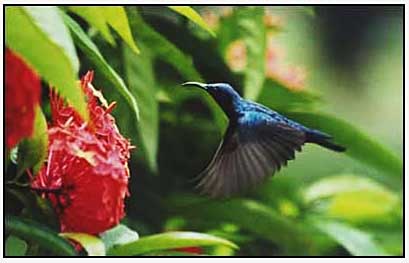
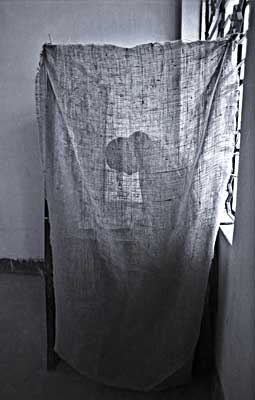
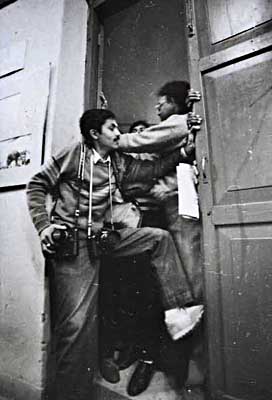
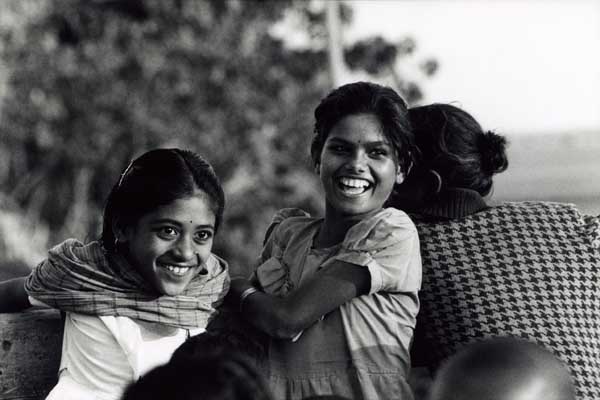
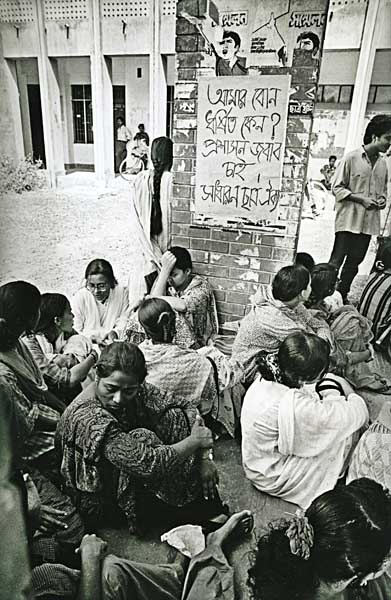
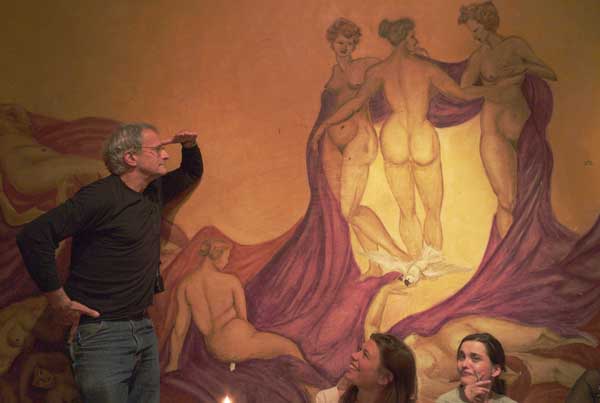
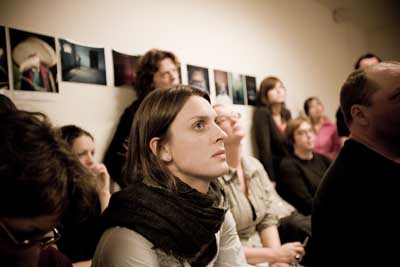
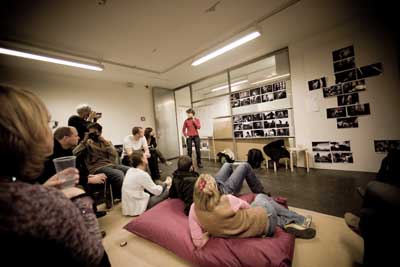
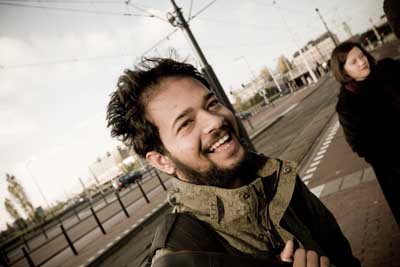
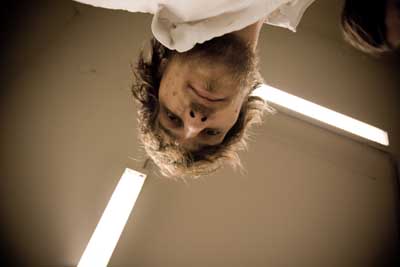
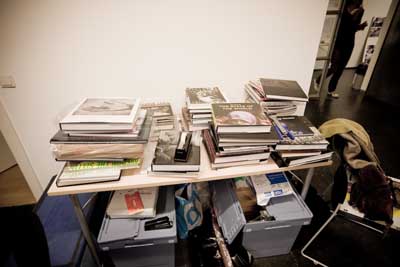
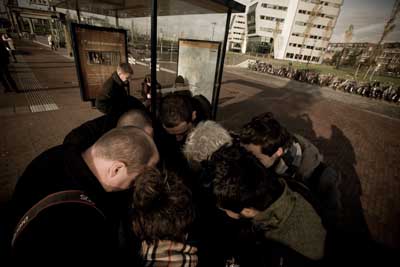
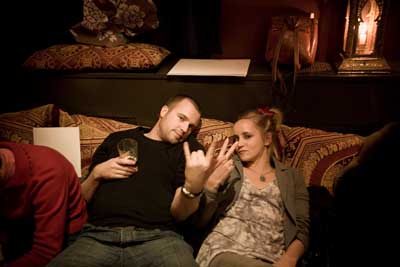
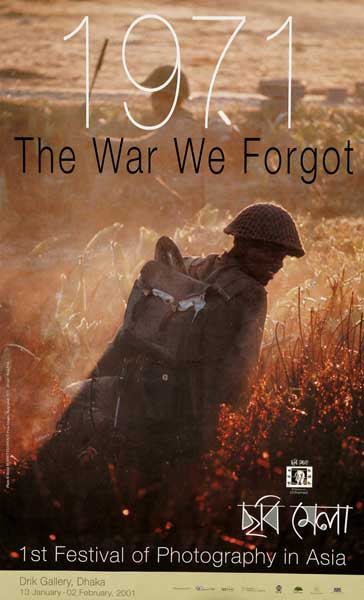
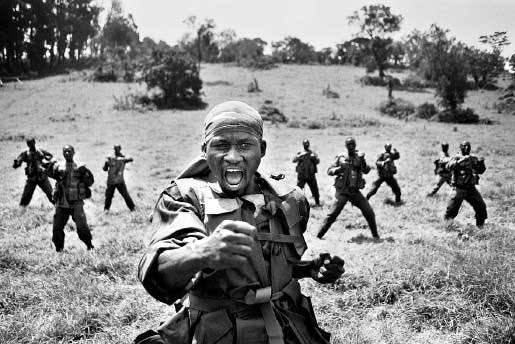
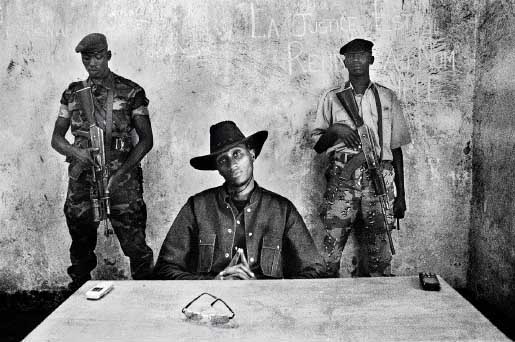
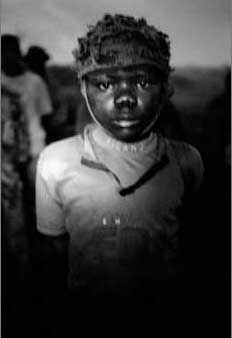

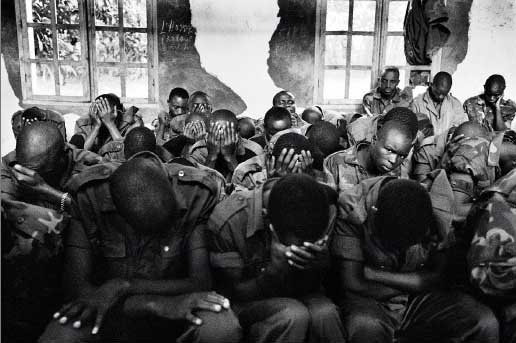
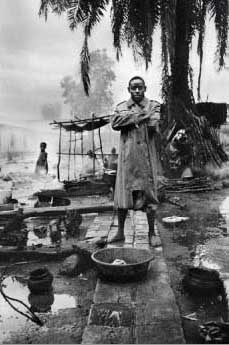
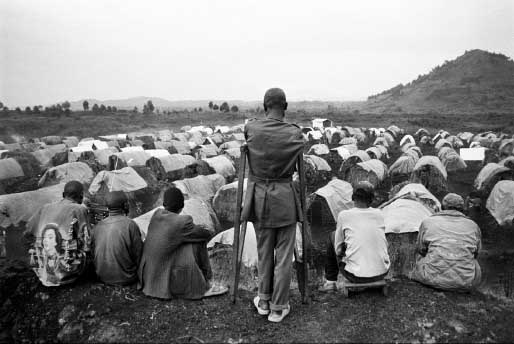
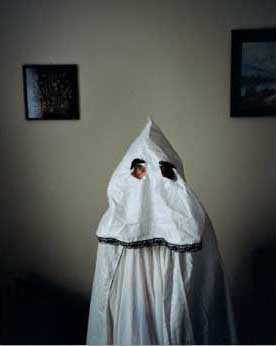
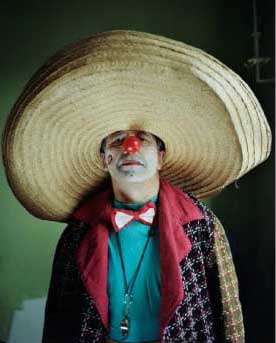
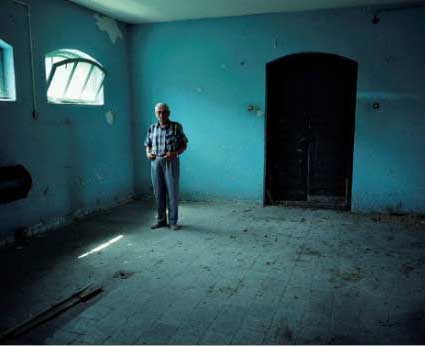
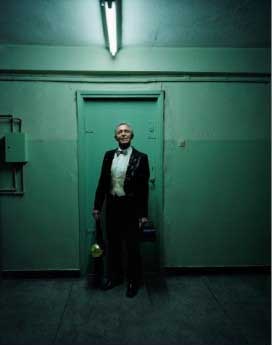

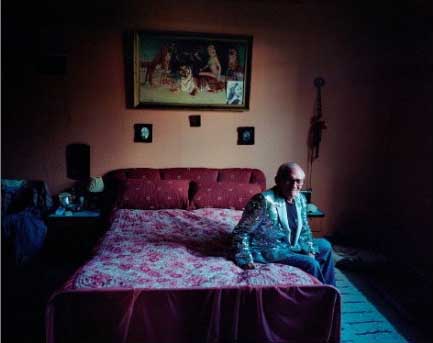
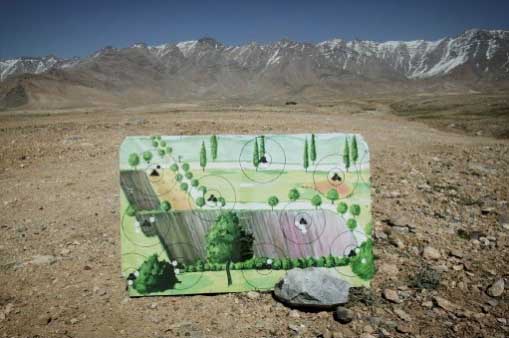
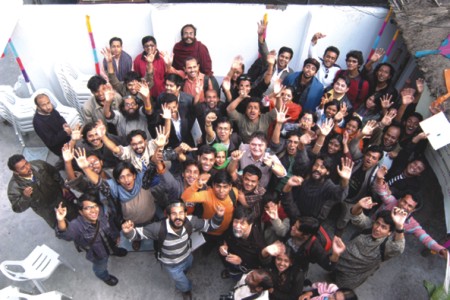 ?D. M. Shibly
?D. M. Shibly
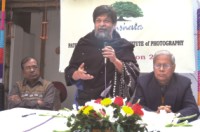
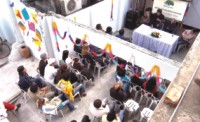
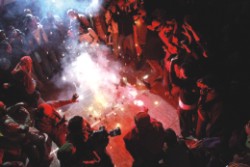
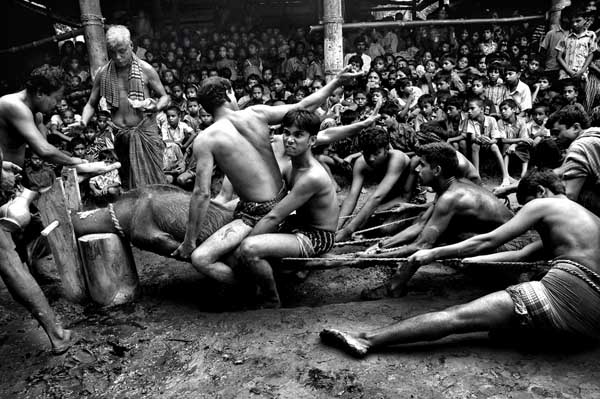
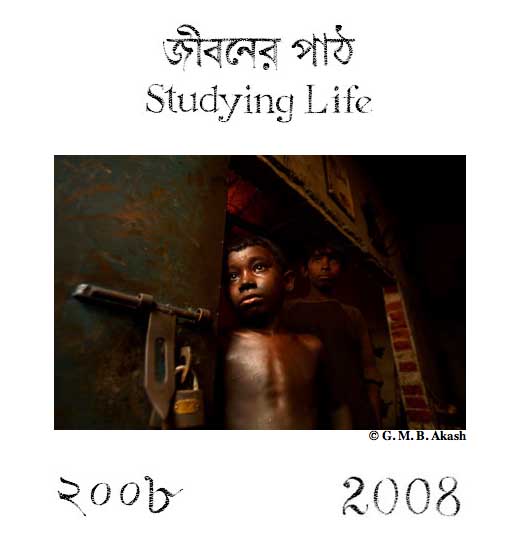
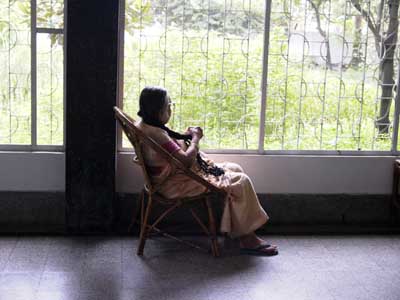
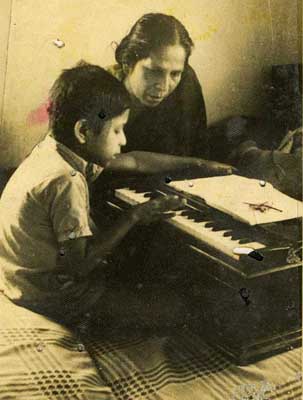
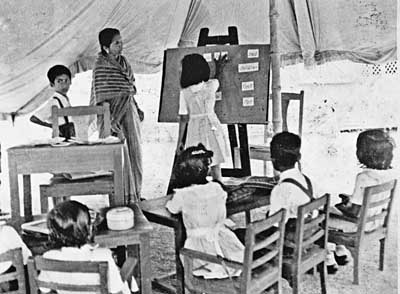
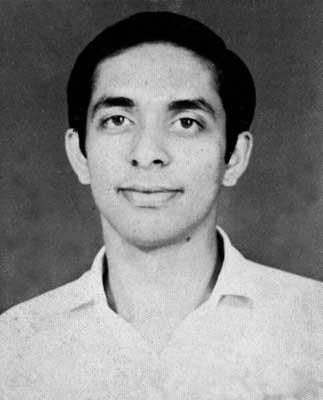
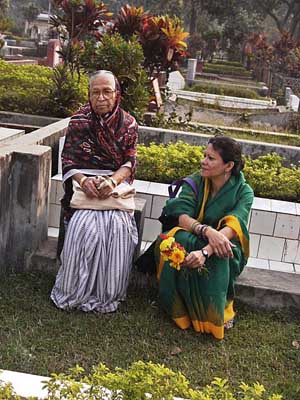
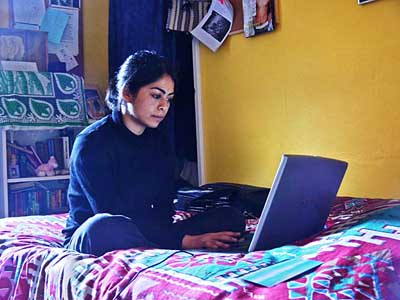
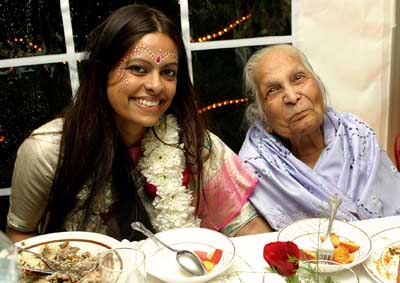 Amma at Sofia’s wedding
Amma at Sofia’s wedding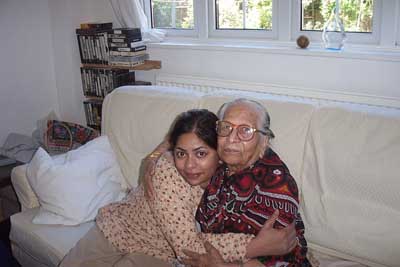
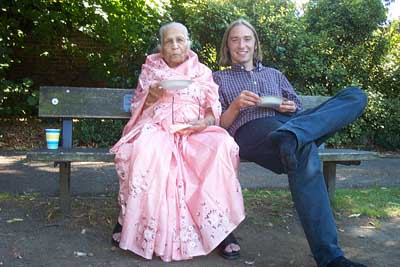 Amma and Sofia’s husband David
Amma and Sofia’s husband David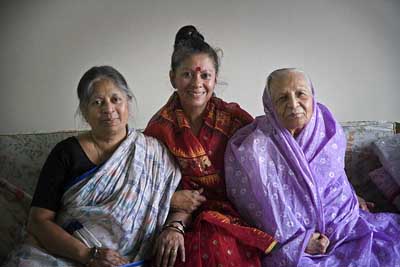
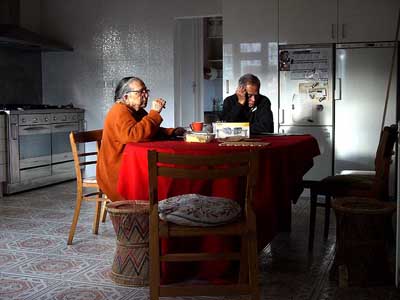 Amma and Dulabhai
Amma and Dulabhai